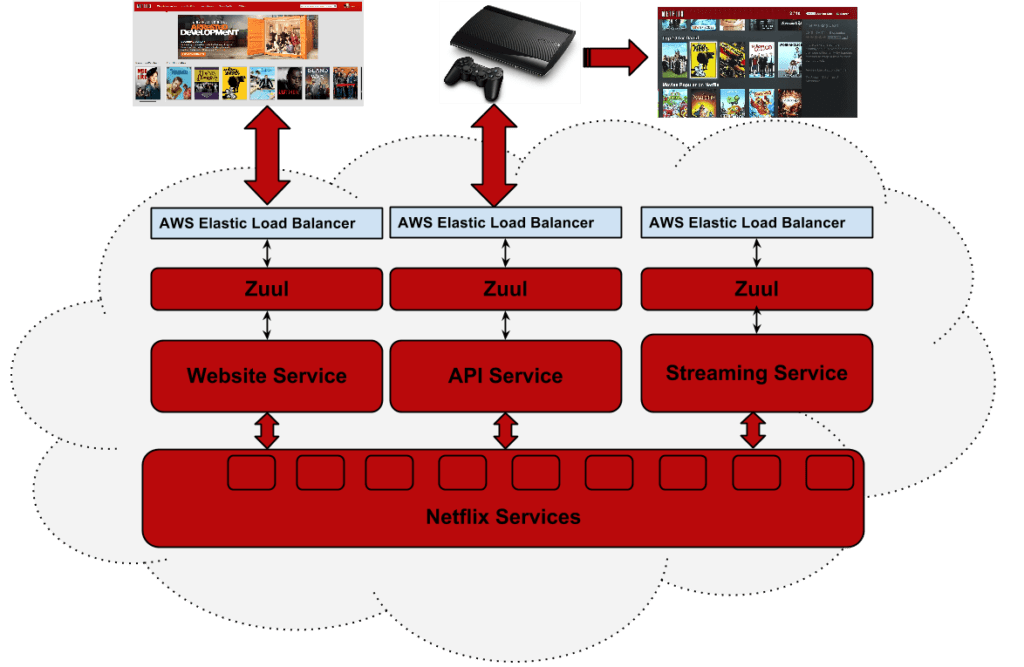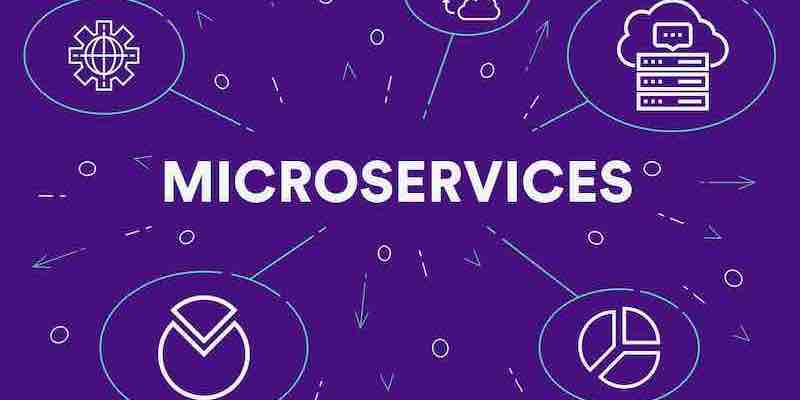For this WTFinar, we’ve got a damn legend in the house—the one and only, Michael Feathers. And the legend says, “It’s what’s on the inside that counts.” This is true for people, eclairs, systems, and organizations. The nature of programming is changing as we shift to building cloud-based systems through […]
Devamını Oku
This talk discusses the benefits of using an event-driven architecture for microservices and how Apache Kafka can facilitate this approach. An event-driven architecture involves using events as the system’s backbone, with microservices communicating with each other by producing and consuming events. This can be more efficient than REST APIs, as […]
Devamını Oku
In this lightboarding explainer video, Dan Bettinger gives a broad overview of microservices. By comparing microservices application architecture with the traditional type of monolithic architecture through the example of a sample ticketing application, Dan lays out the myriad advantages of microservices, as well as solutions they provide to the challenges […]
Devamını Oku
Netflix built Zuul Push, a massively scalable push messaging service that handles millions of always-on, persistent connections to proactively push time-sensitive data, like personalized movie recommendations, from the AWS Cloud to devices. This helped reduce Netflix’s notification latency and the Amazon EC2 footprint by eliminating wasteful polling requests. It also […]
Devamını Oku
Michael Bryzek highlights specific key decisions that very directly impact the quality and maintainability of a microservice architecture, covering infrastructure, continuous deployment, communication, event streaming, language choice and more, all to ensure that teams and systems remain productive and scale.
Devamını Oku
Microservices have often been touted as the natural output of cross-functional teams, thus proving Conway’s Law: that software will reflect the people structures that created that software. Indeed, at Tesco, we’ve even applied the ‘reverse Conway’ maneuver and structured our organization to reflect the domain-based microservices we desired. Such an […]
Devamını Oku
All is not entirely rosy in microservice-land. It’s often a sign of an architectural approach’s maturity that anti-patterns begin to be identified and classified alongside well-established principles and practices. Daniel Bryant introduces seven deadly sins from real projects, which, left unchecked, could easily ruin your following microservices project. Daniel offers […]
Devamını Oku
In this lightboard talk, Ben Corrie explains what a container is for beginners. A container is a lightweight, stand-alone, executable package that includes everything needed to run the software, including the code, a runtime, libraries, environment variables, and config files. Containers are designed to be portable and consistent across different […]
Devamını Oku
Hear from Christian Posta, Principal Architect, Red Hat, in this breakout session at Red Hat Summit 2017. One of the tenants of microservices, and a way to minimize dependencies, is that “a service should own its database.” This is easier said than done. Why? Because: your data. In working with […]
Devamını Oku
You’ve spent months re-architecting your monolith into the new microservices vision. Everyone gathers around to flip the switch. You navigate to the first page…and nothing happens. Refresh…still nothing. The site is so slow that it won’t respond for minutes. What happened? In this session, I’ll walk through a post-mortem of […]
Devamını Oku









